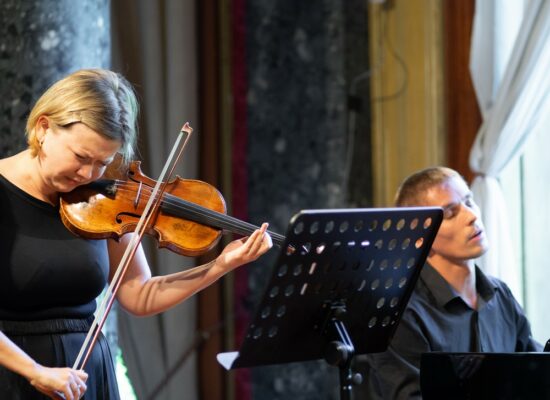Saturday 24 June 2023
7:30 pm
9:30 pm

Please note that this programme has changed from what is printed in the brochure. The web event page has the most up to date programme information, but if you have any questions please contact the box office.
Watch a clip of the extraordinary duo Alina Ibragimova and Cédric Tiberghien
| Composer | Work | Artist(s) |
|---|---|---|
| Mozart | Violin Sonata No.17 in C K.296 | Mairéad Hickey Jérémie Moreau |
| Schumann | Violin Sonata No.1 in A minor Op.105 | Alina Ibragimova Cédric Tiberghien |
| Beethoven | Quartet No.15 in A minor Op.132 | Pacifica Quartet |
Copyright © 2024 West Cork Music. All rights reserved.
Designed and developed by Matrix Internet